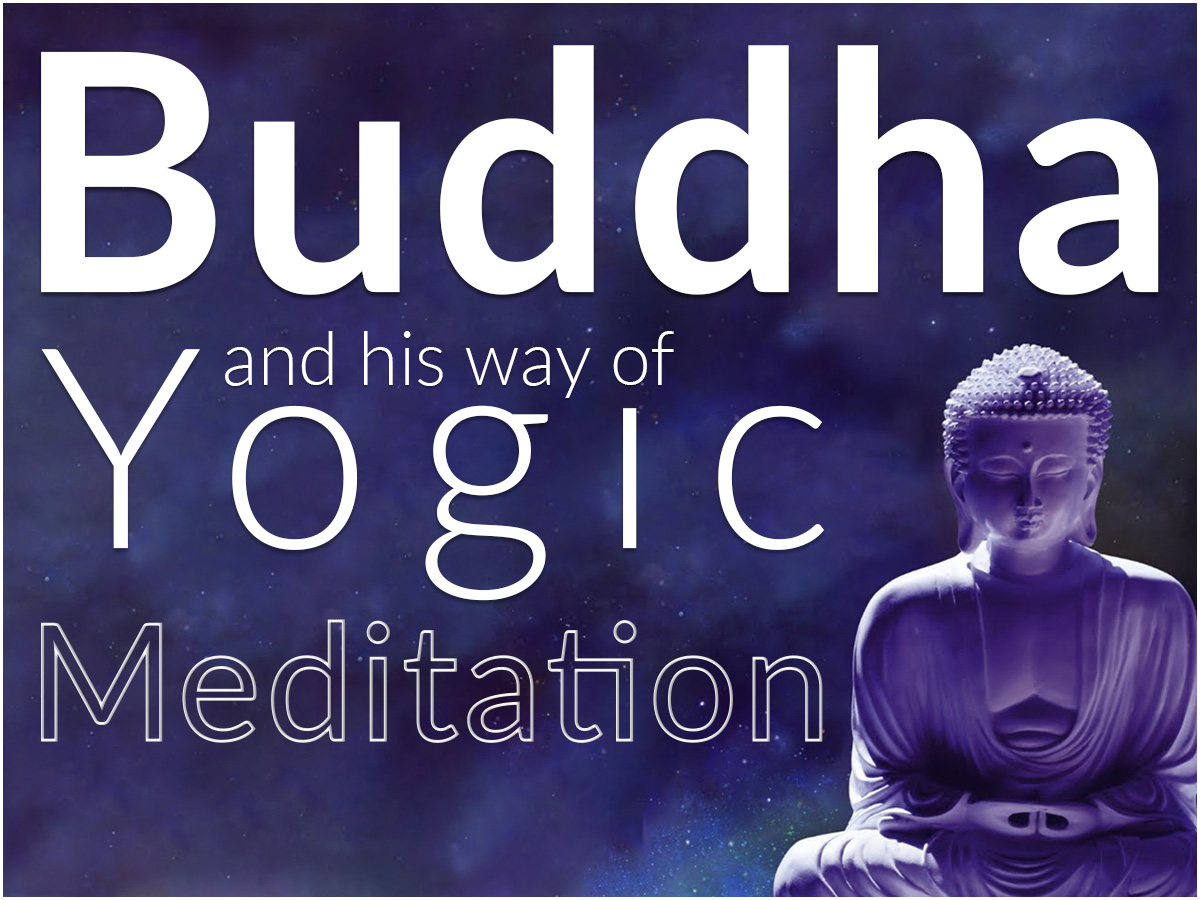
Gautam Buddha was born in Kapilvastu Lumbini (Nepal) in 563 BC as the prince Siddhartha Gautam. He showed the whole world the path of peace and non-violence. He illuminated the way of non-violence and peace for the entire planet. Buddhism was founded on the teachings of Gautam Buddha. From an early age, Gautam Buddha was incredibly compassionate. In the hopes that he would one day become a King, his father, Uddhodana, king of the Kyas, did everything in his ability to protect his son from the hardships of the outside world. Siddhartha lived in luxury and was nurtured as a prince.
According to the widely accepted myth, Siddhrtha stayed at the palace until he was 29 years old. He ultimately drove his chariot into Kapilavastu, where he encountered four sights that forever altered his life. Classical biographies cite this occurrence, The Four Encounters or The Four Sights, as the reason behind Gautama’s renunciation. Siddhrtha was horrified to learn of such misery, that he was unable to defend his citizens, and that common people appeared unaware of the inevitable onset of old age, illness, and death.
Gautama pledged to discover a solution to the Dukha (suffering, decay, and impermanence of life) problem, which is exacerbated by the Samsara (suffering, decay, and impermanence of life) problem (the eternal cycle of life, death and rebirth). In a gesture of resignation from the material world, Gautama chopped off his long hair with a sword.
Gautama received his education from eminent Vedantic professors and was exposed to the most recent philosophical debates at the time. He was also influenced by the Jain concepts of Ahimsa and Karma. Gautama immersed himself in the rigorous practises of the tapasya yogis, including fasting, intense pranayama khumbakas, and body self-mortification. He spent six years fasting and meditating in a cave, almost starving to death, before realising that extreme methods were ineffective. They neither helped him find moksha (freedom from pain) nor did they remove the source of desire, which he perceived to be the cause of suffering (liberation). He made the decision to follow the Middle Way, his own unique path.
Siddhartha made his way to Bodhgaya and settled down to study people’s motivations under a Bodhi tree, vowing not to get up until he felt awake. Siddhartha was at ease and at peace. As he sat, his wisdom and ability to focus improved. He took a long, hard look at himself and started to consider what life really was. He discovered that we do not simply birth, live, and die. He realised that death is only the mind’s separation from its body. The significance of karma is crucial to the subsequent journey beyond death. He then experienced true enlightenment. And when Siddhartha Gautam attained enlightenment, he changed his name to Buddha, which means “the awakened one” or “the enlightened one.” He fully understood the source of misery and the procedures required to end it. He referred to these actions as the “Four Noble Truths.”
Four Noble Truths
The essential tenets of existence that the Buddha realised while meditating under the Bodhi Tree are known as the Four Noble Truths. They outline the full range of Buddhist practise as follows:
- Dukha, or misery, is the fundamental nature of existence.
- Desire, hunger, longing, and delusional attachment are the root causes of suffering. These are brought on by greed, aversion, and ignorance or delusion.
- The end of suffering (i.e., freedom from Samsara) is attained by putting an end to desire and dousing the flames of greed, hatred, and delusion.
- The Noble Eightfold Path is the route that leads to freedom from samsara and the elimination of desire.
The term “sage” (muni), which is also used to refer to famous gurus of Hindu and Jaina Yoga, is commonly used to refer to the Buddha in the Buddhist Pali canon. He is portrayed as a devoted practitioner of meditation, and all forms of yoga revolve around some type of awareness or meditation. In the Hinayana, Mahayana, and Vajrayana schools of Buddhism, adepts are referred to as yogins. One significant school of Mahayana Buddhism is even referred to as Yogachara (“Yoga Way”). Anuttara yoga, or the “unexcelled yoga,” is the term for the greatest teaching of Vajrayana Buddhism, which views itself as the secret teaching imparted by the Buddha.
Buddhism thus embraced the yogic tradition, with its emphasis on the inner self. The pursuit of enlightenment via practise is the fundamental similarity between yoga and Buddhism. This realisation or enlightenment is known as Nirvana in Buddhism. If Buddhism contains such a great Yoga, then we may also consider the less developed Buddhist practises to be forms of Yoga. Buddhism is, in essence, a type of yoga.











